Electric Bikes vs. Conventional Bikes: The Pros and Cons of Summer Riding

As summer approaches and the urge to hit the road intensifies, the eternal debate between electric bikes and conventional bikes takes center stage. Each type of two-wheeler has unique strengths and weaknesses, and riders have to think about which two-wheeled companion will provide the ultimate summer riding experience.
In this blog post, we'll delve into the pros and cons of electric bikes and conventional bikes, examining their performance, environmental impact, cost-effectiveness, and overall enjoyment factors. So whether you're a die-hard pedal purist or a thrill-seeking, environmentally-conscious adventurer, join us as we explore the exciting world of summer riding.
In recent years, both electric bikes and conventional bikes have gained significant popularity as modes of transportation and recreational activities. Let's take a closer look at each:
Electric bikes
An electric bike is a bike equipped with an electric motor for auxiliary propulsion. They are becoming more popular for several reasons:
Sustainable transport
Electric bikes offer a greener alternative to conventional vehicles by reducing carbon emissions. They help promote environmentally friendly commutes and reduce traffic congestion.
Accessibility
Electric bikes make cycling accessible to a wider group of people, including those who may have physical limitations or find Conventional cycling strenuous. The electric motor assists in pedaling, making it easier to travel longer distances or navigate hilly terrain.
Commuting Efficiency
Electric bikes offer a practical commuting solution, especially in urban areas with congested streets and limited parking. They go faster than conventional bikes and can maneuver through traffic, making them attractive for everyday commuting.
Conventional bike
Conventional bikes, also known as standard bikes, continue to be popular for several reasons:
Health and Fitness
Riding a conventional bike is an excellent way to exercise and maintain an active lifestyle. It has cardiovascular benefits, helps build muscle strength, improves joint flexibility, and aids in weight management.
Cost-effective
Conventional bikes are relatively inexpensive compared to electric bikes and don't require ongoing costs, such as charging or maintaining electrical components.
Versatility
Conventional bikes allow riders to explore different terrains, go off-road, and work on a variety of projects, including mountain biking, road biking, and BMX.
The importance of summer riding and its benefits
Summer riding has several benefits for cyclists; here are some key ones:
Weather conditions
Summer is generally pleasant with longer hours of sunshine, giving riders more time to ride comfortably. Warm temperatures and clear skies create an ideal environment for outdoor activities.
Vitamin D and Mood Boost
Being outdoors in the summer allows cyclists to soak up the sun, a natural source of vitamin D. Adequate sun exposure can help regulate mood, improve mental health, and enhance overall well-being.
Builds Endurance
Regular summer cycling can help improve cardiovascular fitness and stamina. Favorable weather conditions make it easier to push yourself further and go on longer rides, building strength and improving physical performance.
Community and Events
Summer is the high season for cycling events, races, and group rides. These offer cyclists the opportunity to connect with like-minded people, participate in friendly competitions, and explore new routes and trails together.
appreciate the scenic route
The scenery is picturesque in summer; the trees are shady, and the plants are in full bloom. Cyclists can take full advantage of these beautiful surroundings by riding in parks, on country roads, or on coastal trails.
Remember, no matter the season, safety must be a priority when riding, including wearing proper gear, obeying traffic rules, and keeping your bike in good condition.
Electric Bikes: Pros and Cons

Now, let's dive into the world of electric bikes and explore the various pros and cons of adopting this innovative form of two-wheeled transportation.
Benefits of electric bikes for summer riding
Enhanced speed and efficiency
Electric bikes provide riders with extra power, allowing them to ride at higher speeds and travel greater distances with less effort. This is especially beneficial in the summer, when cyclists may want to take advantage of the favorable weather to explore new areas or go on longer rides.
Reduced effort and sweat
With the help of the electric motor, the rider can reduce physical exertion when pedaling. That means they can get to their destination without breaking a sweat or exhausting themselves, making electric bikes a great option for commuting or running errands in the summer.
Extended range and exploration opportunities
Greater Range and Exploration Opportunities: The electric motors in electric bikes extend the range compared to conventional bikes. Riders can venture into hilly terrain or challenging routes with ease, allowing them to explore scenic spots and enjoy picturesque summer vistas without worrying about fatigue.
Drawbacks of electric bikes
higher cost compared to conventional bikes
While the initial investment for an e-bike may be more expensive than a traditional bike, it's important to consider the long-term cost-effectiveness. Electric bikes can help save on fuel or transportation costs, especially for daily commutes or running errands. Plus, they typically require less maintenance than motorized vehicles, saving money in the long run.
Limited availability of charging stations
Unlike conventional bikes, which rely solely on human power, electric bikes require regular recharging of their batteries. While charging stations are becoming more common in urban areas, electric bike charging infrastructure may still be limited in some areas. This could be a practical consideration for passengers planning longer trips or traveling to remote areas that don't have easy access to charging points.
Heavier weight affects maneuverability
Electric bikes are usually heavier than conventional bikes due to the extra weight of the motor and battery. This affects maneuverability, especially when driving in tight spaces or lifting and storing the bike. Riders may need to adjust their handling and technique accordingly, especially if quick changes in direction or speed are required.
It's worth noting that personal preference and specific circumstances can affect whether an electric bike is the right choice for someone. Considering the above pros and cons can help individuals make an informed decision based on their needs, budget, and intended use.
Conventional Bikes: Pros and Cons
We turn our attention to conventional bikes and shed light on the advantages and disadvantages that come with sticking to the Conventional pedal-powered approach to summer riding.
Advantages of conventional bikes for summer riding
Physical exercise and health benefits
Riding a traditional bike in the summer offers excellent opportunities for physical exercise. Cycling works for various muscle groups, improves cardiovascular fitness, strengthens bones, and helps with weight management. It provides a low-impact form of exercise that is gentle on joints while providing an effective workout.
More economical than electric bikes
Conventional bikes are often more cost-effective than electric bikes. Once you buy a conventional bike, there are no ongoing costs like battery charging or replacing electrical components. This makes them a budget-friendly option for individuals looking to enjoy summer riding without a large financial investment.
Improved maneuverability and responsiveness
With no additional motorized parts, conventional bikes are generally lighter than electric bikes. The lower weight enhances maneuverability, making it easier to make sharp turns, negotiate narrow roads, and handle quick changes in direction. The responsive nature of a conventional bike enables the rider to have a more dynamic and engaging riding experience.
Disadvantages of conventional bikes
Effort and physical exertion are required
One of the main disadvantages of conventional bikes is the physical effort required to pedal and maintain speed. Climbing steep hills or riding against a strong headwind can be challenging and can cause fatigue, especially for inexperienced or unfit cyclists. For some riders, the level of physical exertion may be seen as a disadvantage, especially in the heat of summer.
Limited speed and range
Because of the rider's physical limitations, conventional bikes cannot travel at the same speeds as electric bikes. Additionally, the rider's physical strength and endurance limit the range of travel of conventional bikes. While fine for short rides or commuting within a certain distance, traveling long distances with a conventional bike can be time-consuming and may require planning rest stops.
Challenging for individuals with certain physical conditions
Conventional bikes may not be suitable for individuals with certain physical conditions or limitations. People with joint problems, limited mobility, or chronic pain may find it difficult to pedal for long periods or face challenges getting on and off the bike. In such cases, alternatives such as electric bikes or adaptive riding devices may be more appropriate.
It's worth noting that despite these shortcomings, conventional bikes continue to be popular for their simplicity, affordability, and joy of purely human-powered riding. The choice between electric bikes and conventional bikes ultimately comes down to personal preference, fitness level, terrain, and intended use.
Factors to Consider When Choosing Between Electric and Conventional Bikes

Personal Preferences and fitness goals
When choosing between an electric bike and a conventional bike, consider your personal preferences and fitness goals. If you like physical exertion and want to make your workout a priority, a conventional bike might be the right choice. On the other hand, if you prefer an easier ride or need assistance due to physical limitations, an electric bike can provide the support you need.
Budget considerations
Consider your budget when choosing between electric bikes and conventional bikes. Electric bikes typically have a higher upfront cost due to the added motor and battery. However, it's also important to consider long-term costs, such as maintenance, recharging, and potential battery replacement. Conventional bikes are usually more affordable upfront and have lower ongoing costs.
Riding terrain and distance
Assess the terrain and distances you plan to cycle. Electric bikes are advantageous for hilly terrain or longer distances as they offer assistance in reducing physical stress. If you anticipate riding on flat terrain or shorter distances, a conventional bike may be sufficient.
Environmental Impact and Sustainability
Consider the environmental impact and sustainability aspects of your choice. Compared with conventional vehicles, electric bikes help reduce carbon emissions and promote green transportation. However, the manufacturing process and disposal of the battery should also be taken into consideration. Conventional bikes rely solely on human power, so they have less impact on the environment.
It is important to weigh these factors against your specific needs and circumstances when making a decision. Also, test riding or leasing both types of bikes can help you experience the differences firsthand and make an informed choice. Remember that there is no one-size-fits-all answer, and the bike that is best for you will depend on your personal preferences, goals, and practical considerations.
Conclusion
In summary, we discussed the growing popularity of electric bikes and conventional bikes and outlined the pros and cons of each. Electric bikes increase speed and efficiency, reduce energy and sweat, and extend the range of exploration. However, they are costly, have limited availability of charging stations, and are heavy, which affects mobility.
Conventional bikes provide physical exercise and health benefits, are more economical, and offer better mobility and responsiveness. They do require more effort and physical exertion, are limited in speed and range, and can be challenging for individuals with certain medical conditions.
When choosing between electric bikes and conventional bikes, it's important to consider factors such as personal preferences and fitness goals, budgetary considerations, riding terrain and distances, and environmental influences. Evaluating these factors will help you make an informed decision that suits your needs and situation.
No matter which one bike you choose, there are many benefits to riding in the summer, including enjoying the outdoors, absorbing vitamin D, building stamina, participating in community events, and exploring scenic routes. So no matter what bike you choose, embrace the fun of summer riding, stay safe, and make the most of the season.
Remember, the ultimate goal is to find a bike that matches your preferences, promotes your health, and brings joy and satisfaction to your riding adventures. Happy riding!


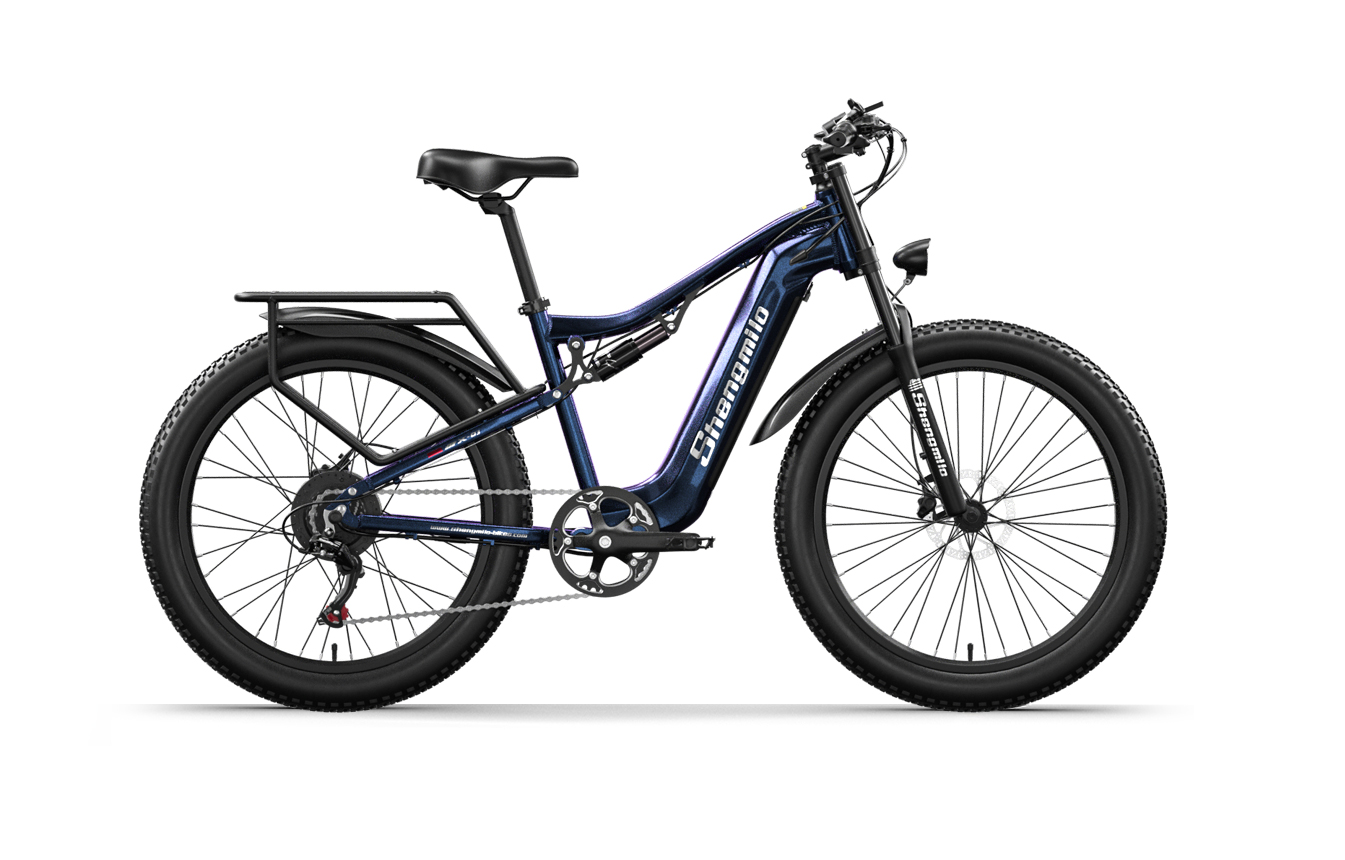
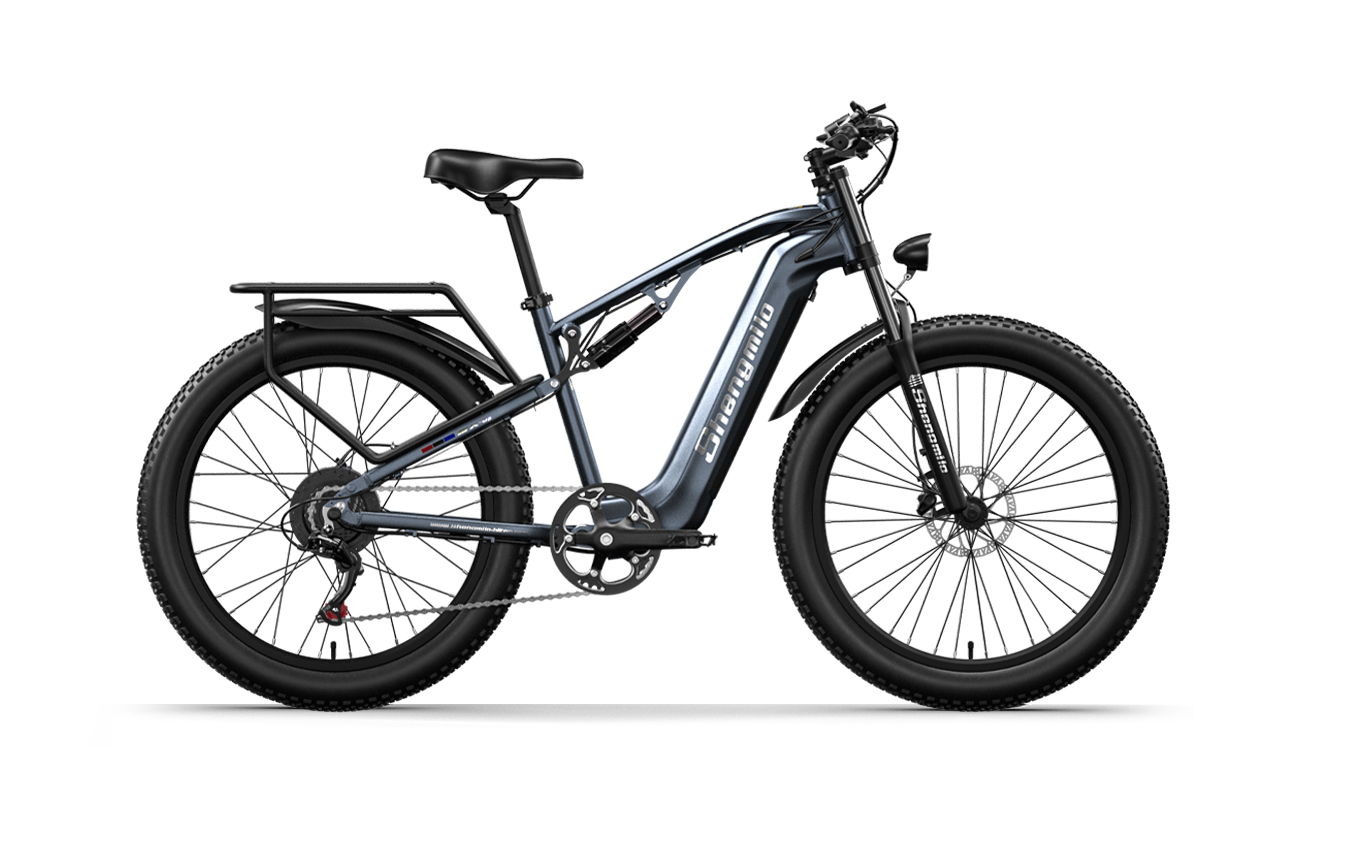


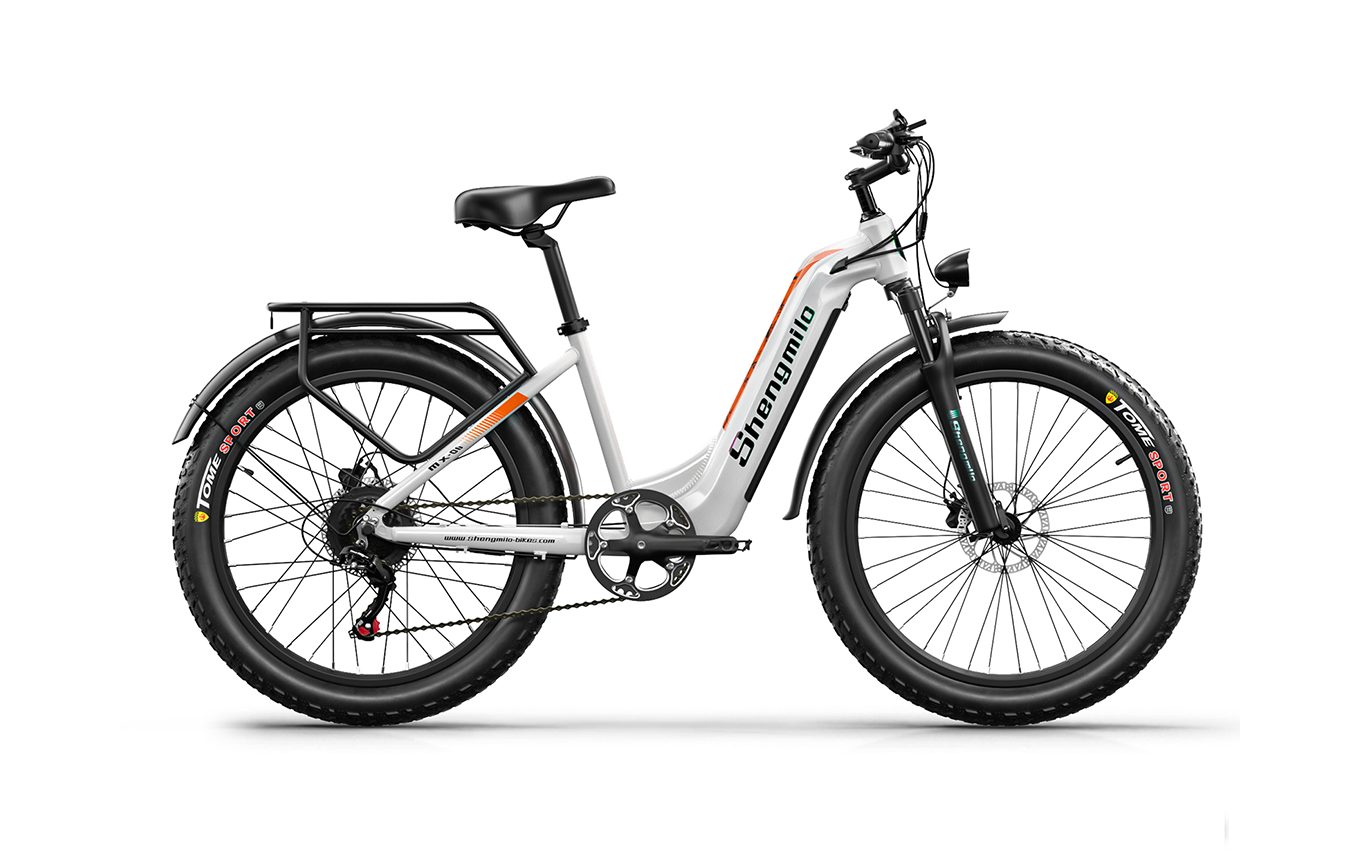
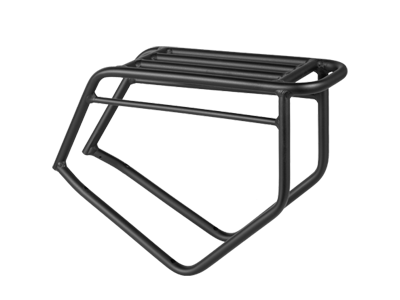
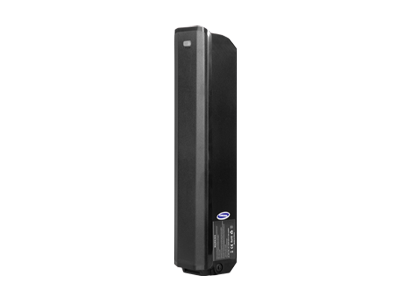

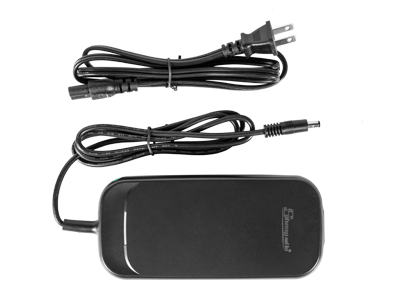
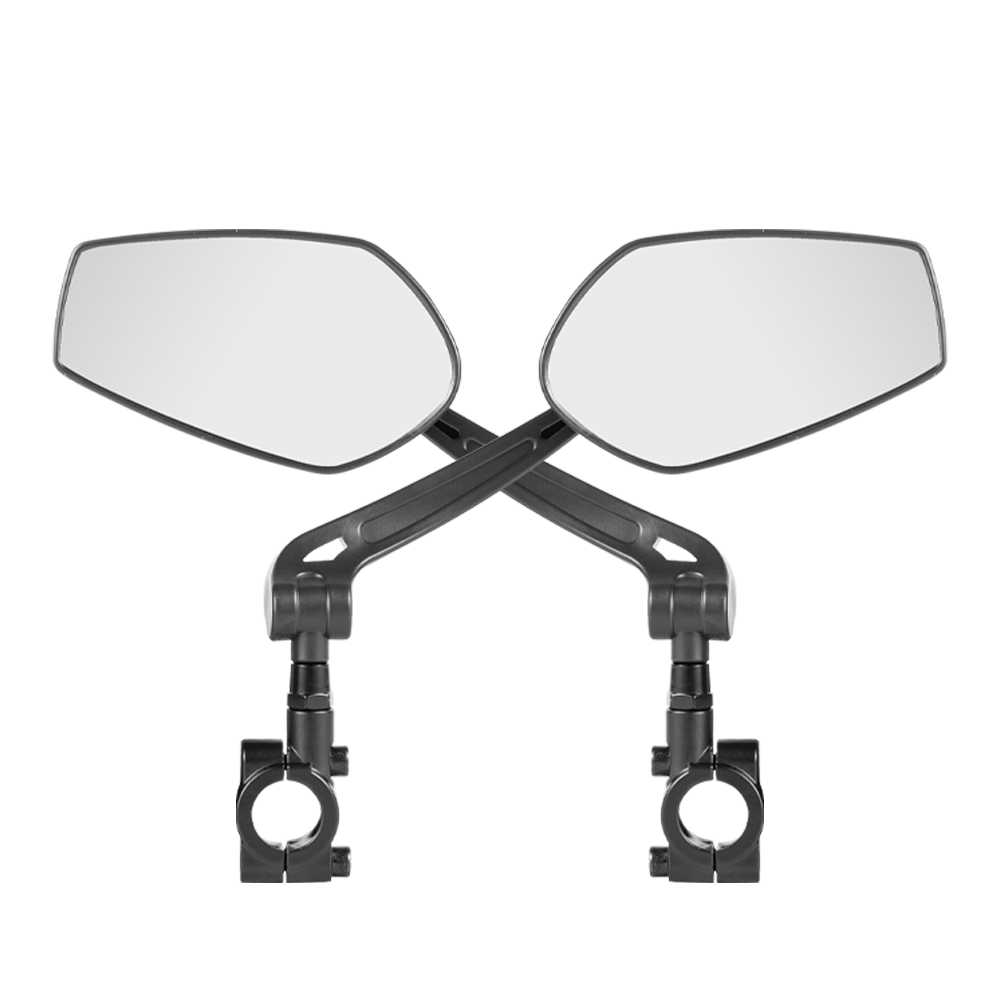
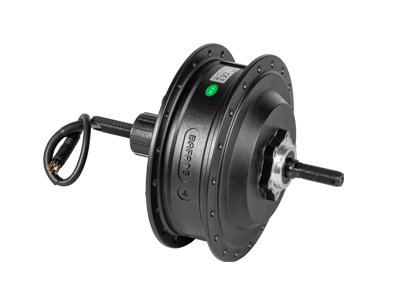
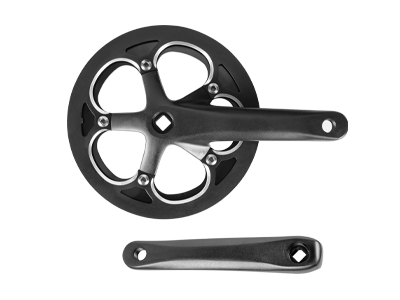
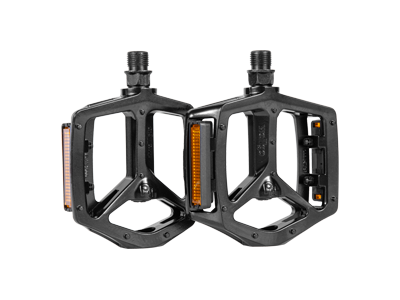


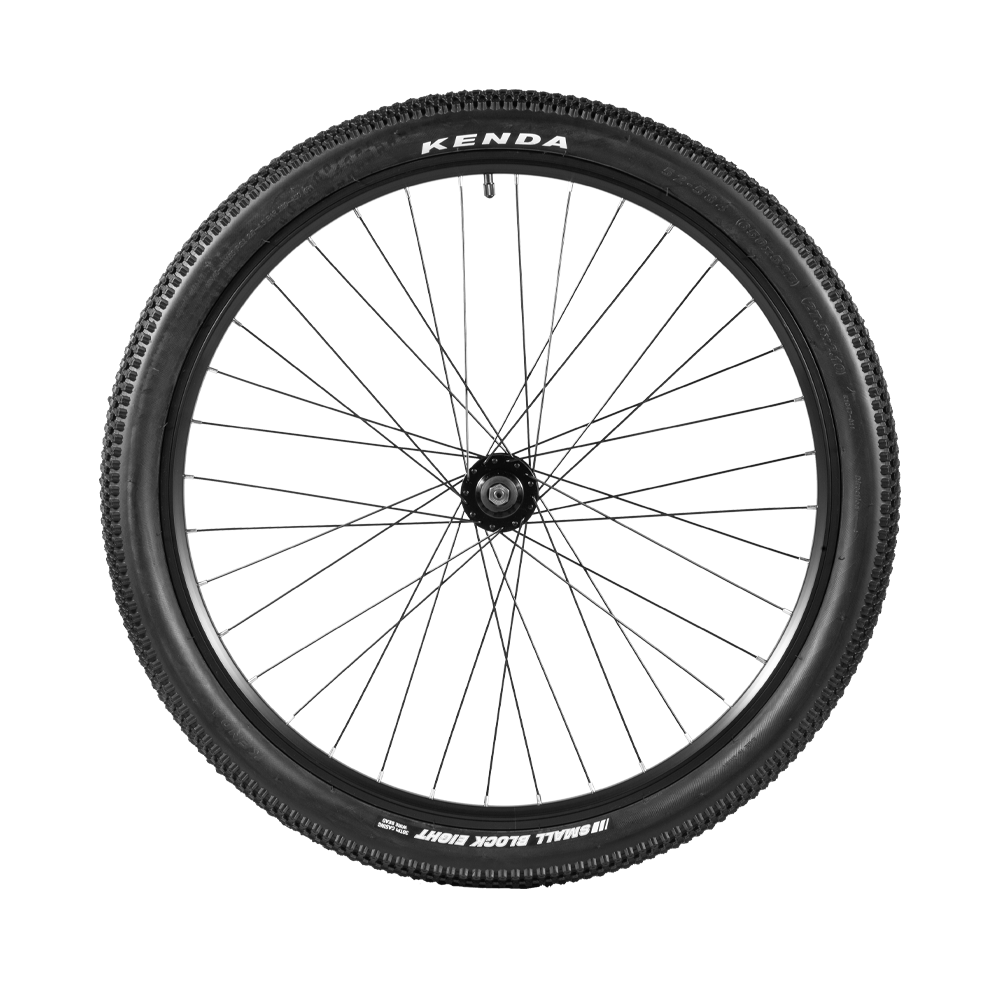






Leave a comment